Riga: A Journey Through Time
Join us for a free walking tour exploring Riga's rich history, stunning architecture, and vibrant culture. Discover the heart of Latvia's capital city!
Time
3 Hours
Stops
9 Places
Distance
4.1 km
Riga Cathedral (Rīgas Doms)
Start your tour at Riga Cathedral, a stunning example of medieval architecture and the largest medieval church in the Baltic states, setting the tone for the historical exploration of Riga.
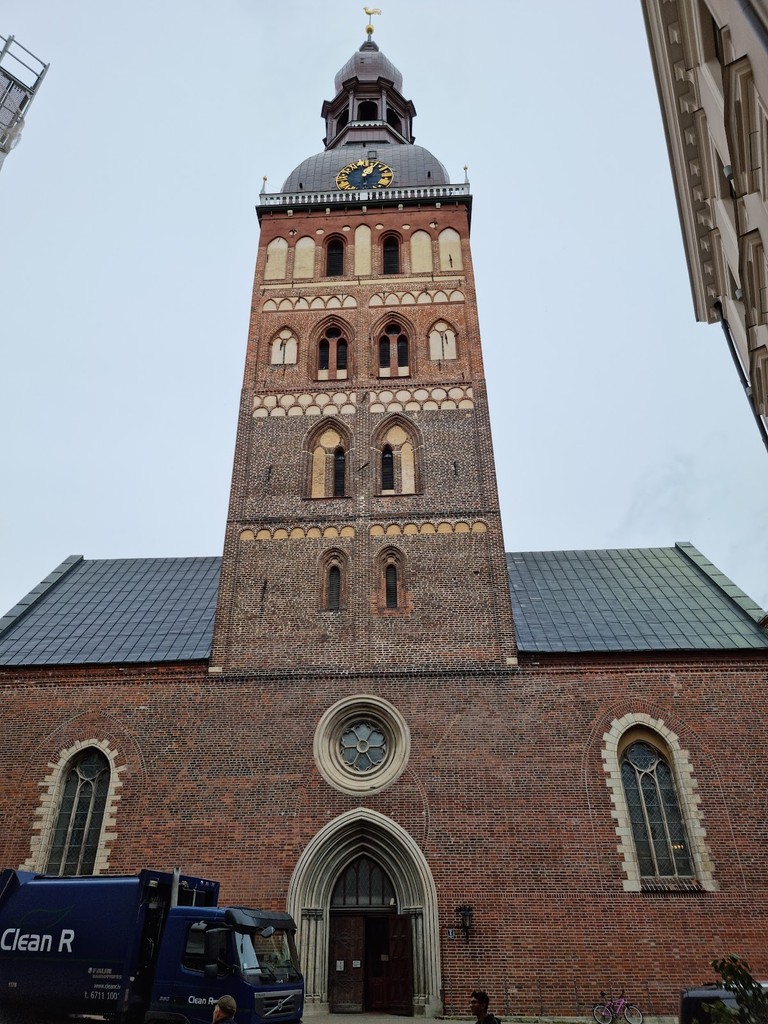
Riga Cathedral (Rīgas Doms) (Source: Google Maps)
Riga Cathedral, known as Rīgas Doms, is the largest medieval church in the Baltic states and a prime example of medieval architecture. Founded in 1211, it features a blend of styles including Romanesque, Gothic, and Baroque elements. The cathedral is renowned for its magnificent organ, one of the largest in Europe, which hosts regular concerts. The stunning stained glass windows and intricate woodwork contribute to its historical significance. As a center of religious life, it has witnessed numerous pivotal moments in Latvian history, making it a must-see landmark.
House of the Blackheads
Just a short walk away, visit the House of the Blackheads, a beautifully reconstructed guildhall and an iconic symbol of Riga’s rich mercantile history.
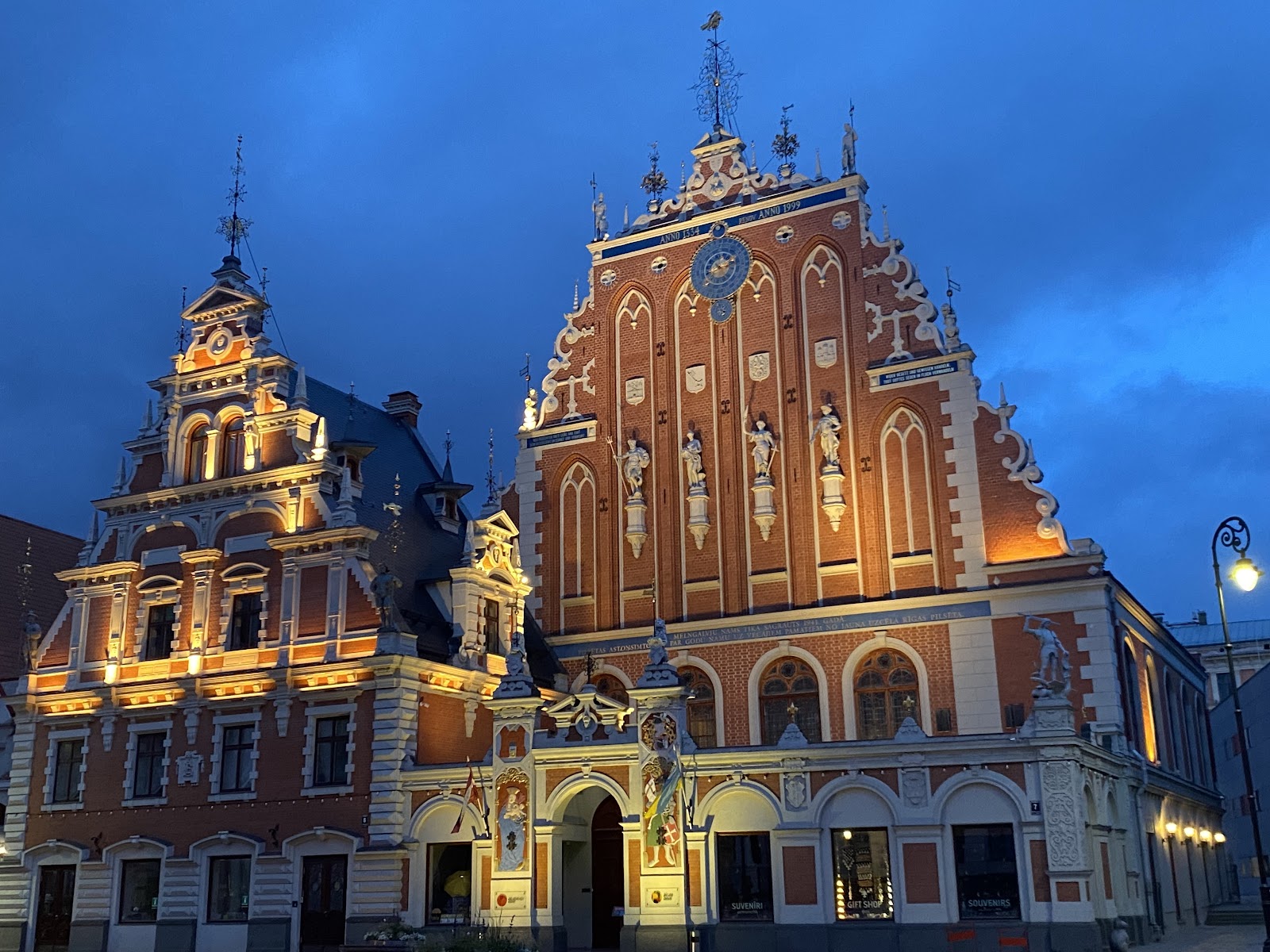
House of the Blackheads (Source: Google Maps)
The House of the Blackheads is a striking guildhall that dates back to the 14th century, originally built for the Brotherhood of Blackheads, a guild of unmarried German merchants. The building is celebrated for its ornate façade and Renaissance-style architecture, showcasing elaborate decorations and a stunning astronomical clock. After suffering significant damage during World War II, it was meticulously reconstructed and now serves as a museum and event venue. The House symbolizes Riga's mercantile heritage and cultural identity, making it an iconic landmark in the city.
St. Peter’s Church
Continue to St. Peter’s Church, known for its towering spire and panoramic views of the city from its viewing platform.
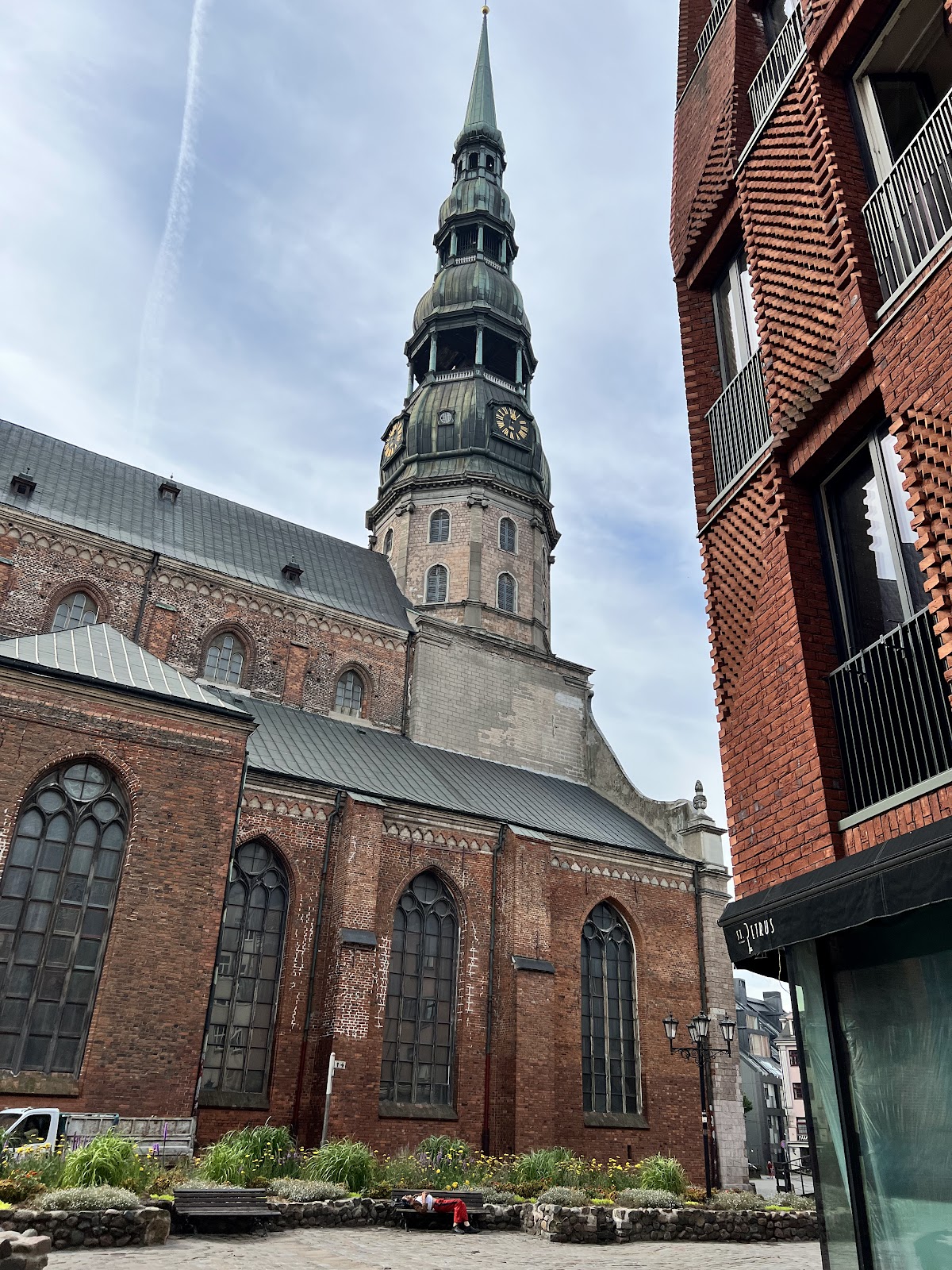
St. Peter’s Church (Source: Google Maps)
St. Peter’s Church is a landmark of Riga, notable for its impressive spire that reaches 123 meters high, making it one of the tallest structures in the city. Originally built in the 13th century, the church has undergone various renovations, reflecting different architectural styles, including Gothic and Baroque. Visitors can ascend the tower for panoramic views of Riga’s Old Town and beyond. The church is also home to an impressive collection of art and historical artifacts, showcasing its long-standing role in the religious and cultural life of the city.
Riga Central Market
Head towards Riga Central Market, one of Europe’s largest markets housed in old Zeppelin hangars, offering an authentic taste of Latvian culture and cuisine.
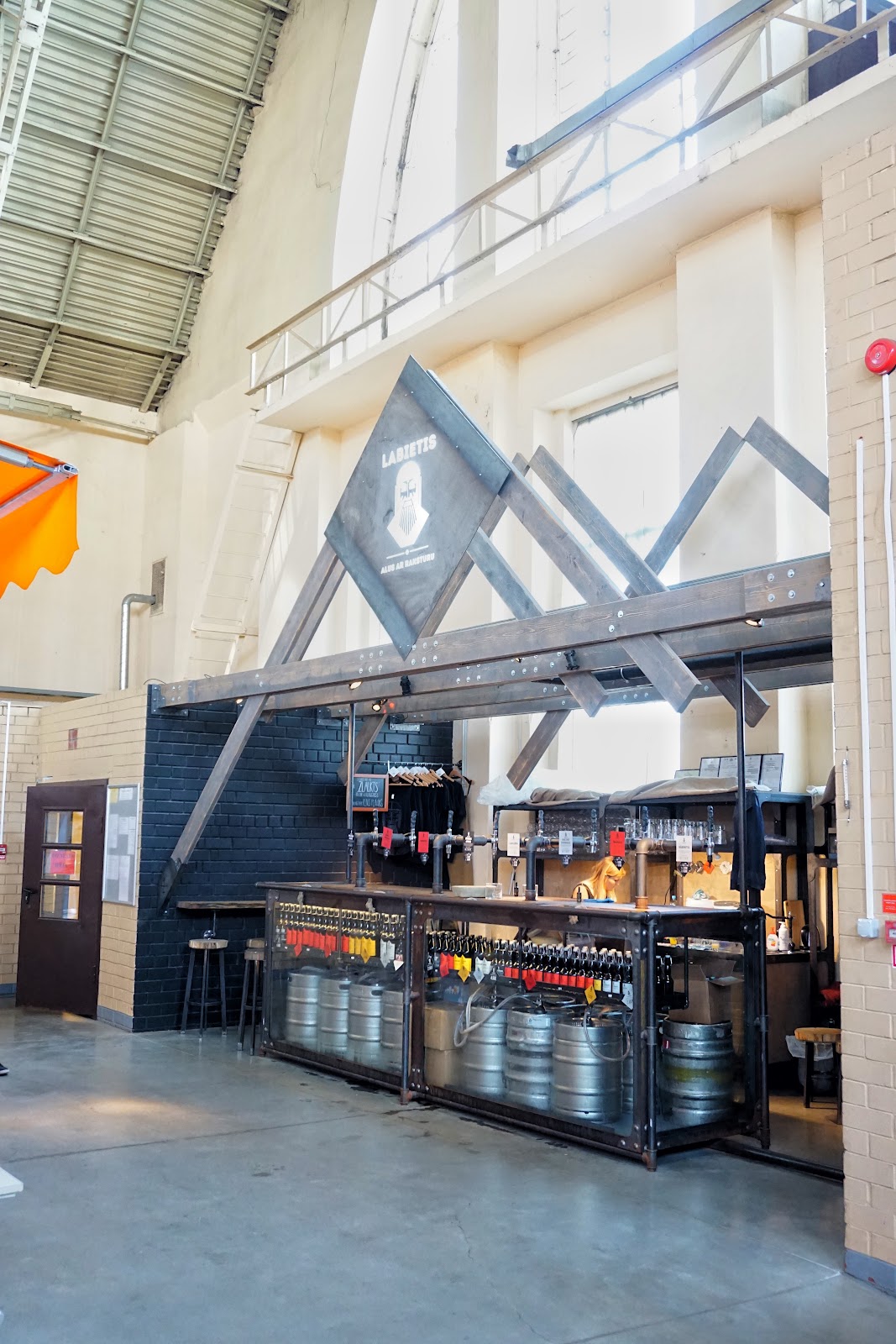
Riga Central Market (Source: Google Maps)
Riga Central Market is one of Europe’s largest markets, housed in five former Zeppelin hangars. Opened in 1930, it offers a vibrant atmosphere filled with local vendors selling fresh produce, meats, cheeses, and traditional Latvian foods. The market is a hub of cultural exchange, reflecting the culinary diversity of Latvia. Each hangar specializes in different products, from dairy to fish, and is an ideal place to experience the local way of life. Its historical significance and architectural uniqueness make it a key attraction in Riga.
Latvian National Opera
Stroll to the Latvian National Opera, an elegant venue that showcases the rich cultural heritage and artistic talent of Latvia.
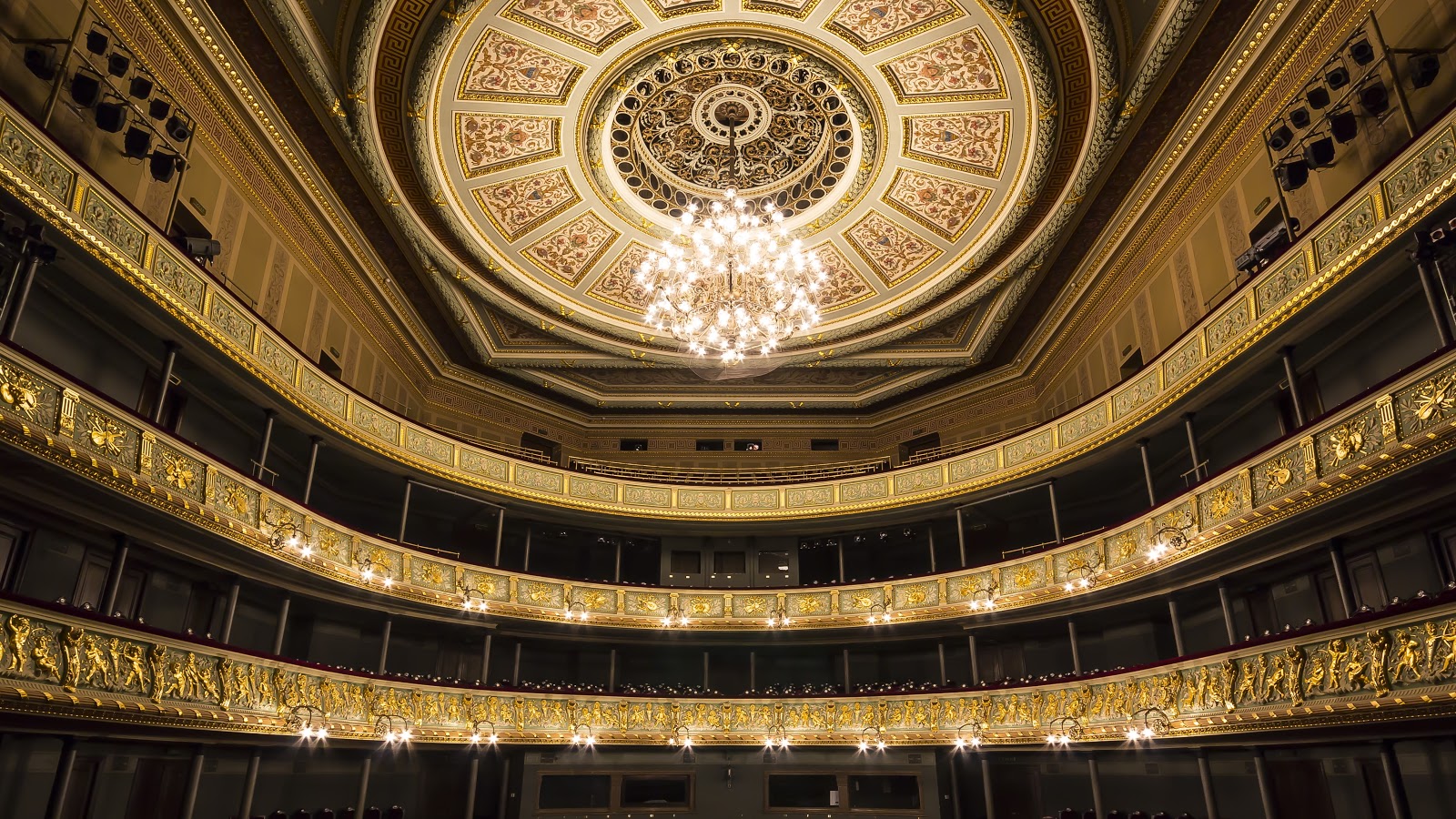
Latvian National Opera (Source: Google Maps)
The Latvian National Opera is a premier cultural institution located in a magnificent neoclassical building. Established in 1918, it showcases a rich repertoire of opera and ballet, featuring both local and international talent. The opera house is renowned for its stunning interior, with ornate decorations and an impressive chandelier. It plays a vital role in promoting Latvian culture and arts, hosting numerous performances throughout the year. The venue is not only an architectural gem but also a symbol of national pride and artistic expression.
Freedom Monument
Visit the Freedom Monument, a significant symbol of Latvian independence and a focal point for national celebrations.
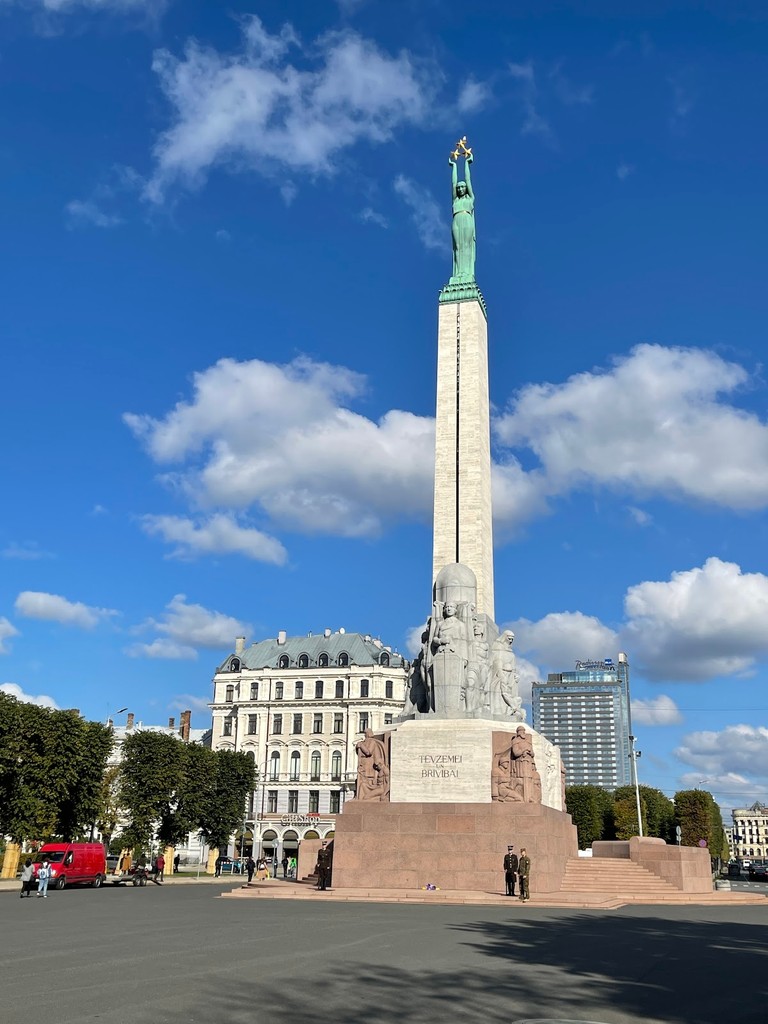
Freedom Monument (Source: Google Maps)
The Freedom Monument is a significant symbol of Latvian independence, unveiled in 1935. Standing 42 meters tall, it depicts a woman holding three stars, representing the three regions of Latvia. The monument is a focal point for national celebrations and commemorations, embodying the spirit of freedom and resilience of the Latvian people. Surrounding the monument, the park features sculptures and memorials, making it a popular gathering place for locals and visitors alike. Its historical importance and striking design make it a must-visit site in Riga.
Esplanade Park
Walk through Esplanade Park, a peaceful green space perfect for a brief respite and reflection amidst your urban exploration.
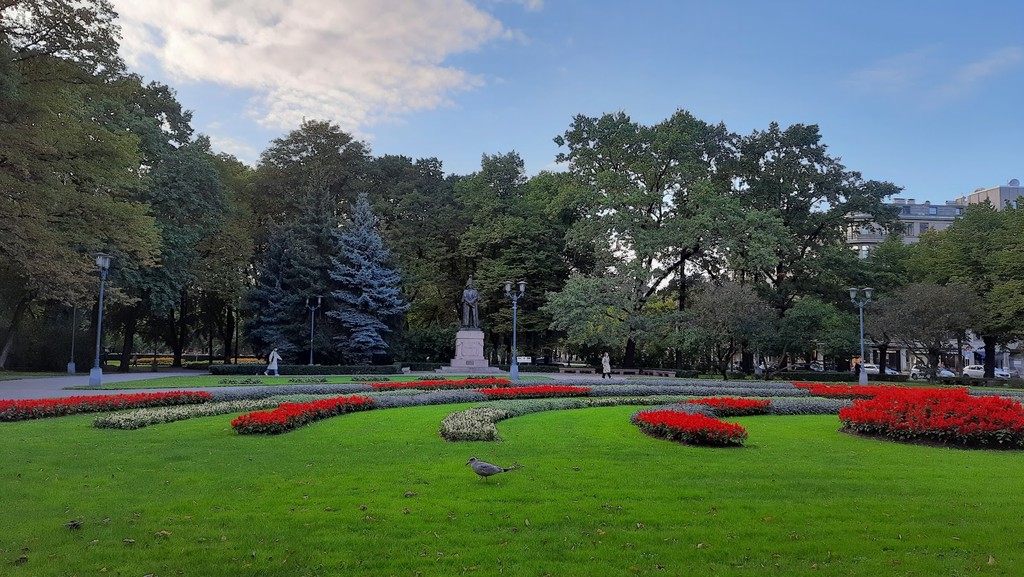
Esplanade Park (Source: Google Maps)
Esplanade Park is a serene green space in the heart of Riga, known for its beautiful landscaping and tranquil atmosphere. Established in the 19th century, the park features walking paths, sculptures, and flowerbeds, making it a perfect spot for relaxation and reflection. It is also home to several monuments, including those dedicated to Latvian cultural figures. The park serves as a venue for various cultural events and festivals, enhancing its role as a community hub. Its lush greenery provides a refreshing contrast to the urban landscape.
Art Nouveau District (Alberta iela)
Explore the Art Nouveau District, particularly Alberta iela, renowned for its stunning concentration of Art Nouveau architecture, a testament to Riga's architectural prowess.
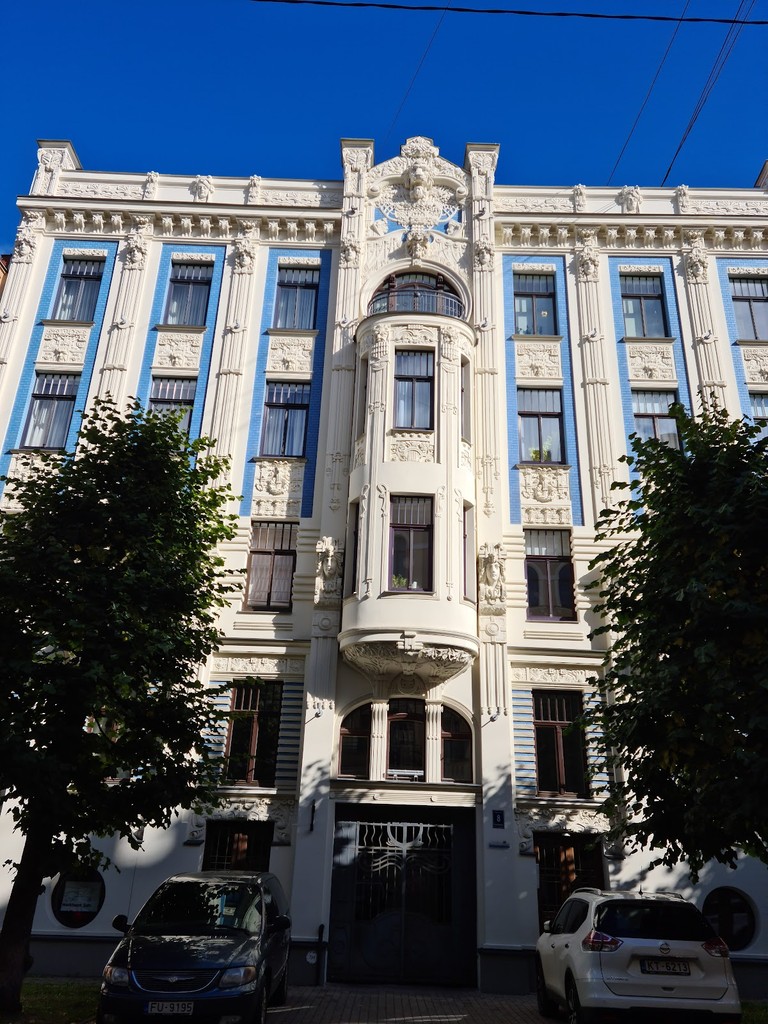
Art Nouveau District (Alberta iela) (Source: Google Maps)
The Art Nouveau District, particularly Alberta iela, is renowned for its stunning concentration of Art Nouveau architecture, a style that flourished in the early 20th century. The buildings feature intricate facades adorned with decorative motifs, sculptures, and stained glass. This area reflects Riga's architectural prowess and cultural sophistication during the period. Many of the buildings are designed by famous architects, showcasing a variety of artistic expressions. The district is a UNESCO World Heritage site, attracting architecture enthusiasts and tourists alike, eager to explore its unique charm.
Latvian National Museum of Art
Conclude your tour at the Latvian National Museum of Art, housing an extensive collection of Latvian art that provides deeper insights into the country's cultural evolution.
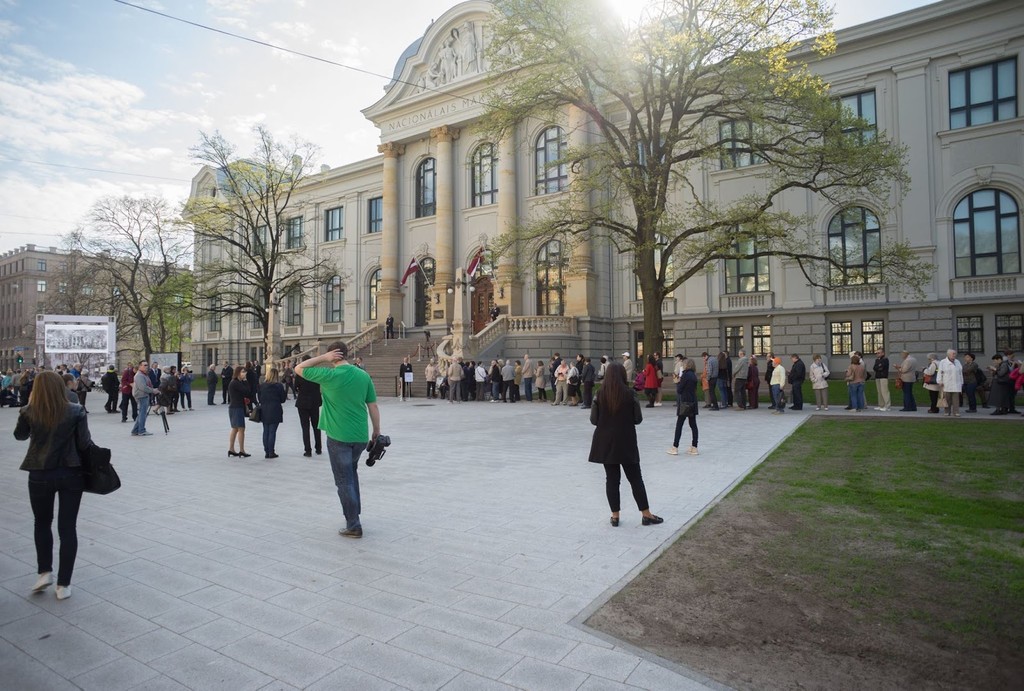
Latvian National Museum of Art (Source: Google Maps)
The Latvian National Museum of Art, established in 1920, houses an extensive collection of Latvian art from the Middle Ages to contemporary works. The museum is located in a stunning neoclassical building that itself is a work of art. It plays a crucial role in preserving and promoting Latvian cultural heritage, featuring paintings, sculptures, and applied arts. The museum hosts regular exhibitions and educational programs, making it a vibrant part of Riga’s cultural scene. Visitors can gain deeper insights into Latvia’s artistic evolution and national identity through its diverse collections.

Your travels, your rules.
Create your own Free Walking Tours.
Set your preferences, distances and anything you want to do or see.
Completely free, no payment required.